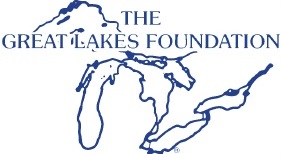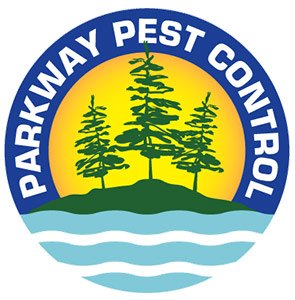Species at Risk
Species at Risk
Species at Risk: It may surprise you, but the 1000 Islands region is home to 25% of Ontario’s entire number of Species at Risk. The area is home to 33 regularly occurring species, 8 migratory species and another 13 species that have been seen but not officially tracked, giving a total of 54 species out of Ontario’s 217. As you can understand, 25% is very considerable and is a huge responsibility for all of us to help and protect.
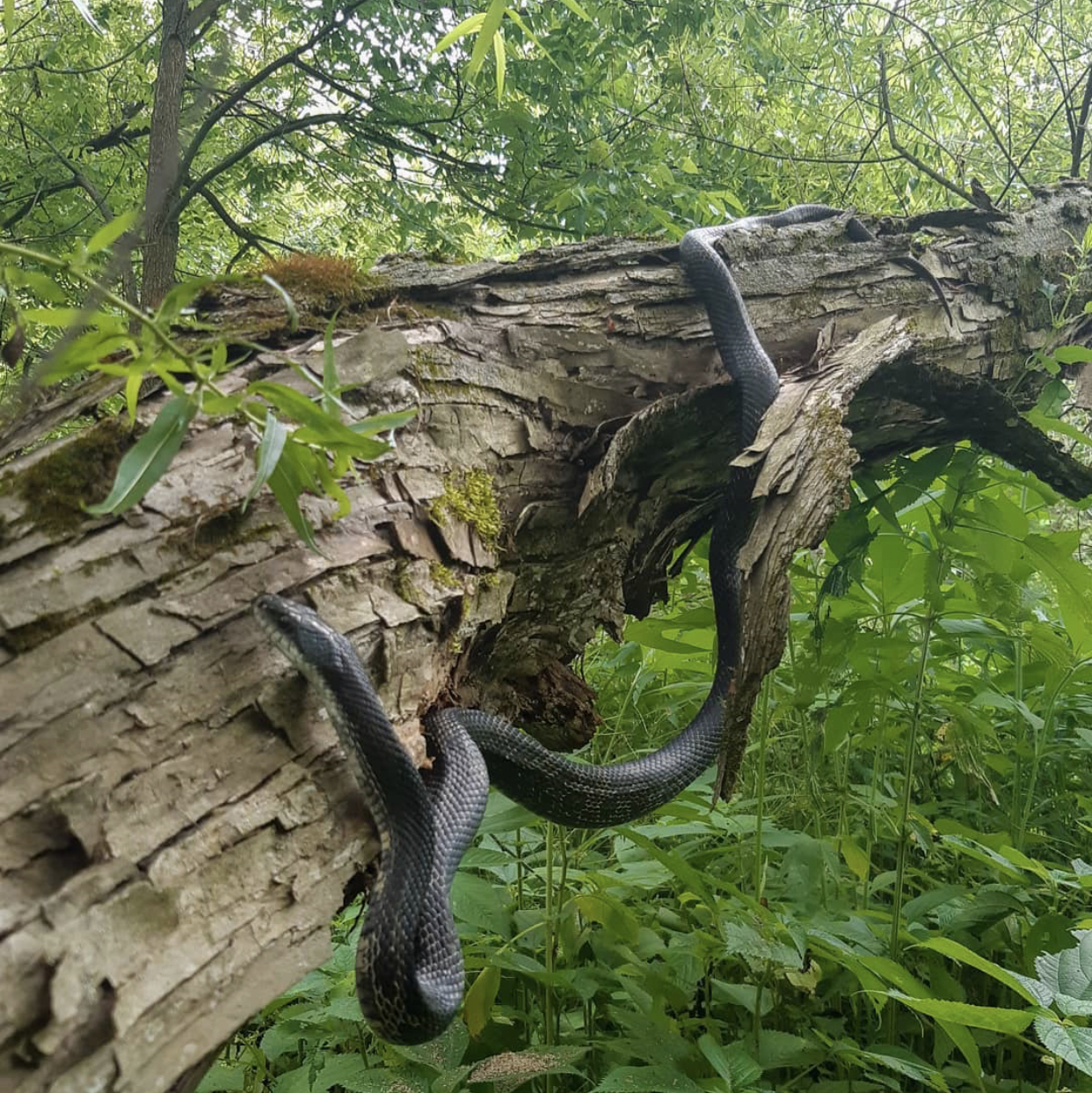
Photo credit to Scientist Jessica Ferguson ©
Gray (Black) Ratsnake:
The Gray or more commonly referred to as the Black Ratsnake is split into two distinct populations. The Carolinian population in South Western Ontario is endangered and the Frontenac Axis population is listed as threatened. The Frontenac Axis crosses the 1000 Islands. The Ratsnake is non-venomous and is Ontario’s largest snake, reaching up to 2 metres (6.5 feet) in length.
More info to follow soon.
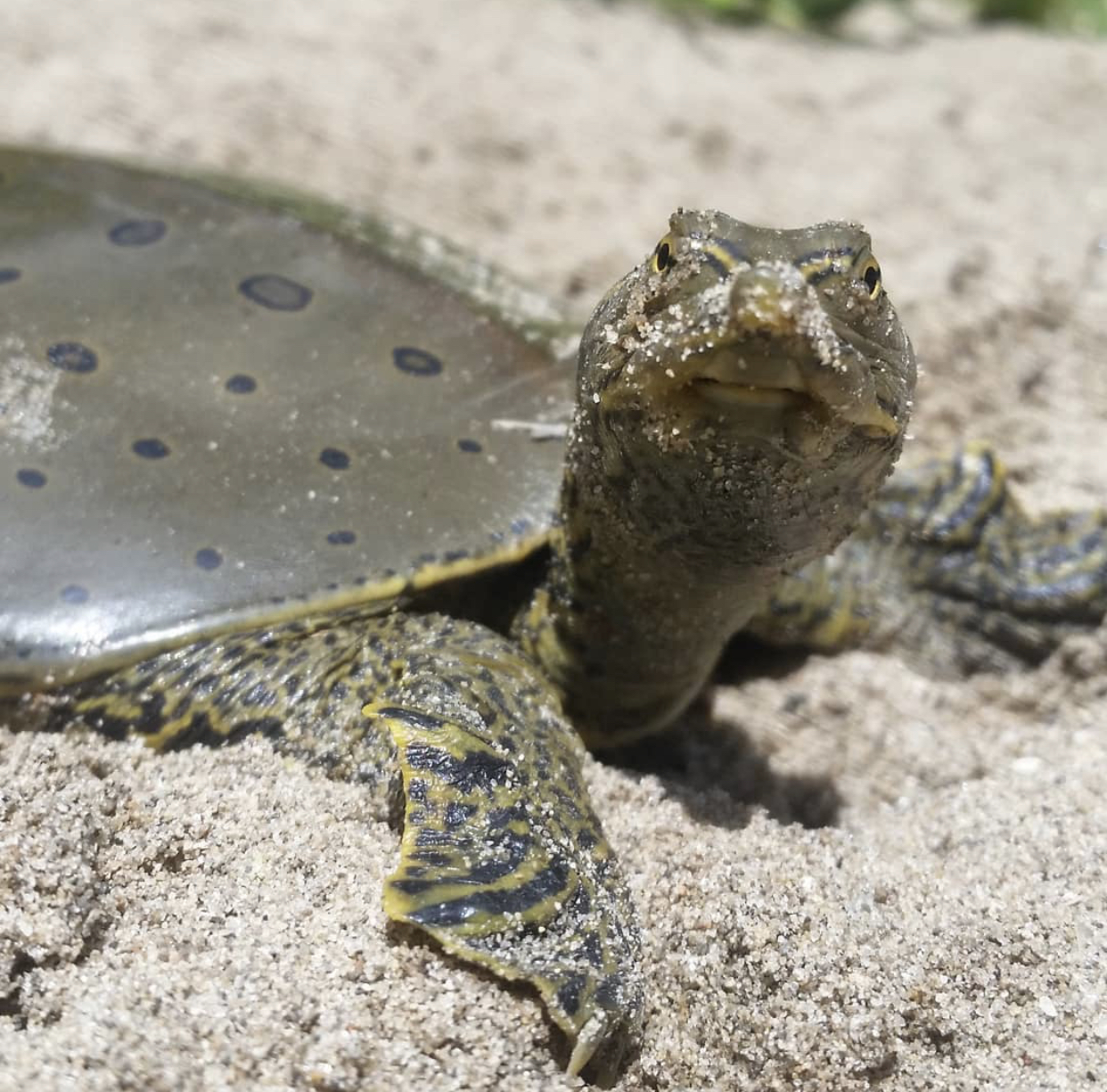
Photo Credit to Scientist Jessica Ferguson ©
Spiny Softshell Turtle:
The Spiny softshell is a medium-large freshwater turtle that is easily recognized by its shell, which is round, rather flat, leathery and can reach up to 54 centimetres (23 inches) long. It is also distinguished by its snorkel-like snout.
More info to follow soon.
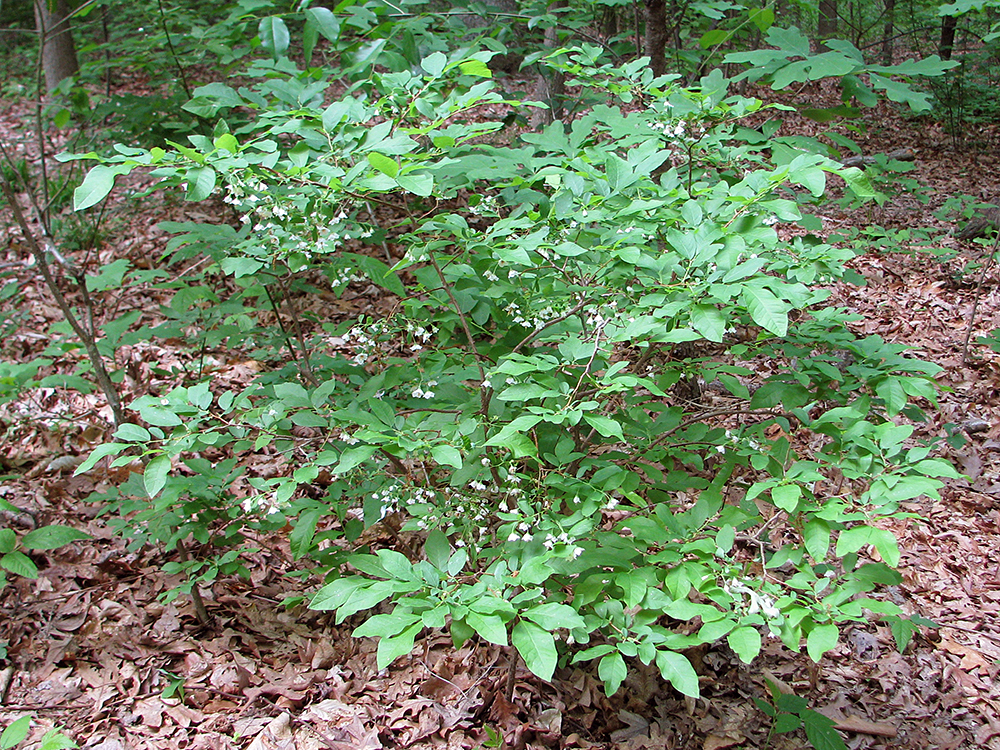
Deerberry Shrub:
The Deerberry is threatened in Ontario and the 1000 Islands is home to 5 of the 6 surviving populations. It is found predominately in dry open wooded areas growing under Oak and White Pine trees.
More info to follow soon.



